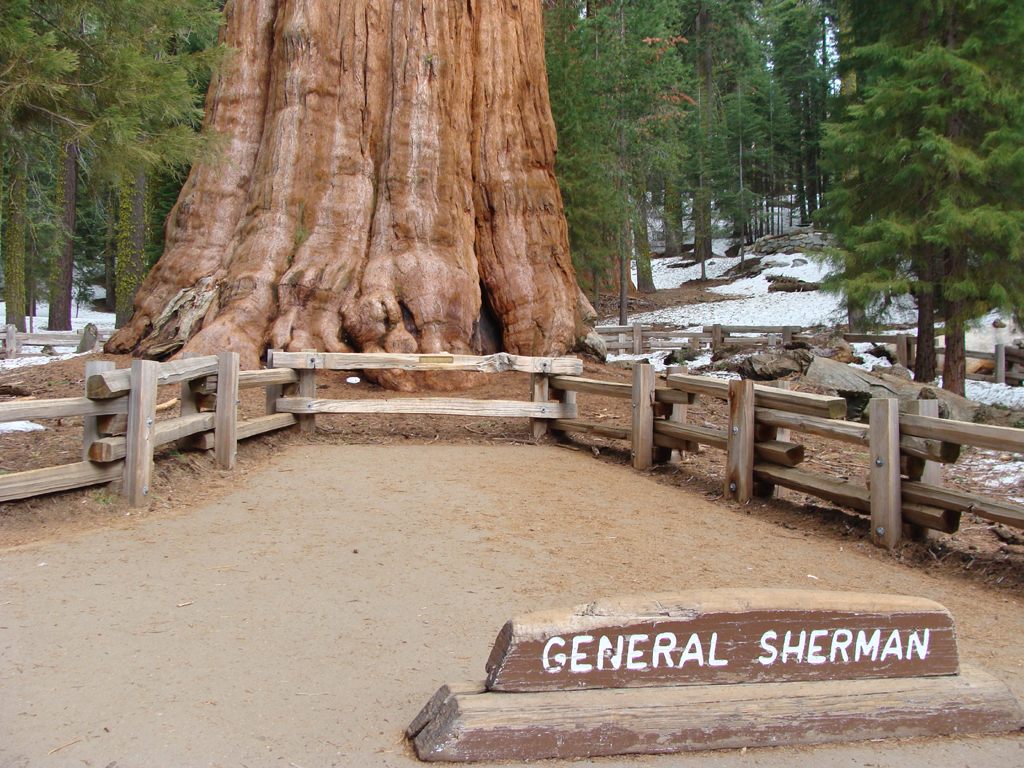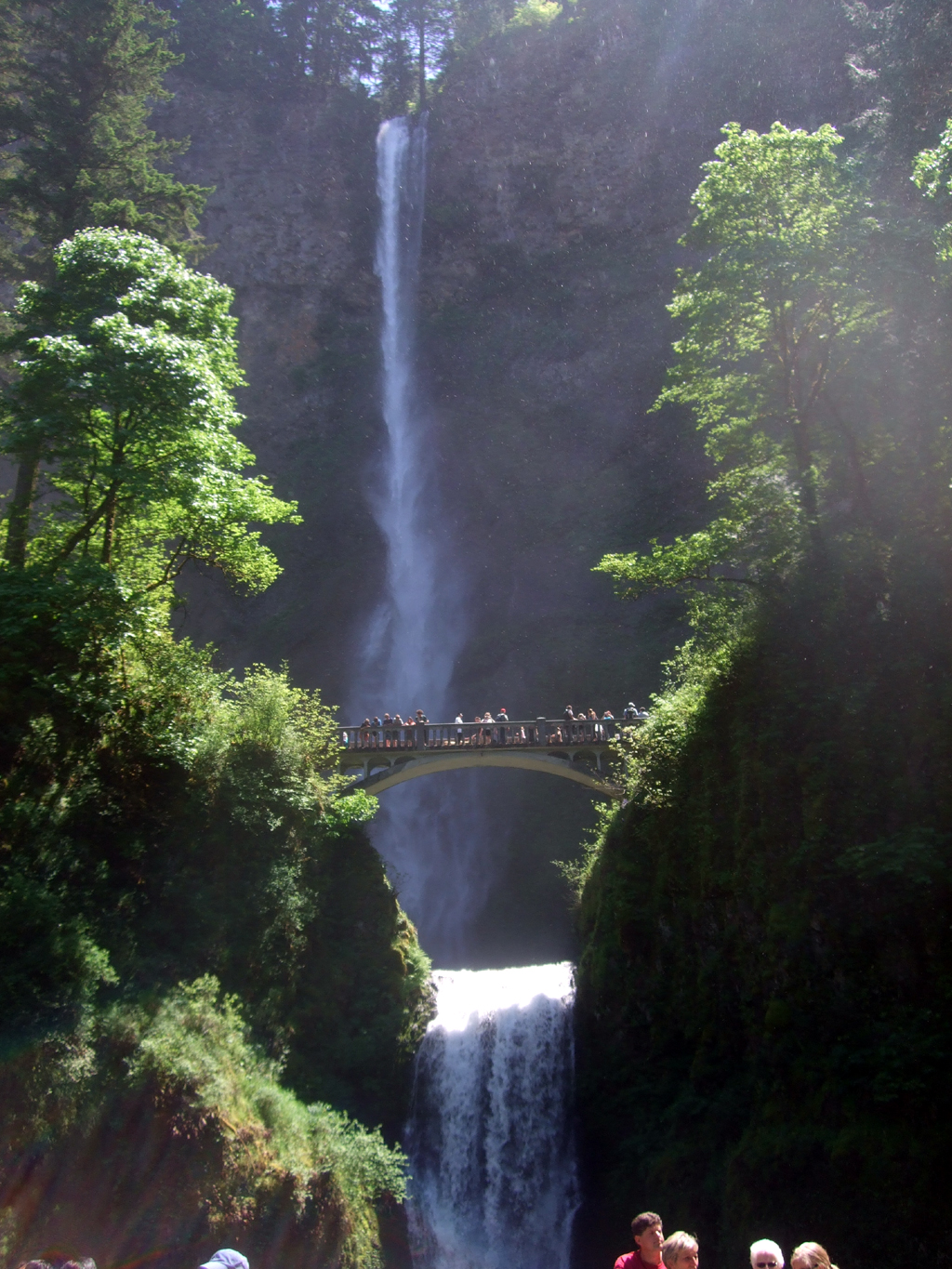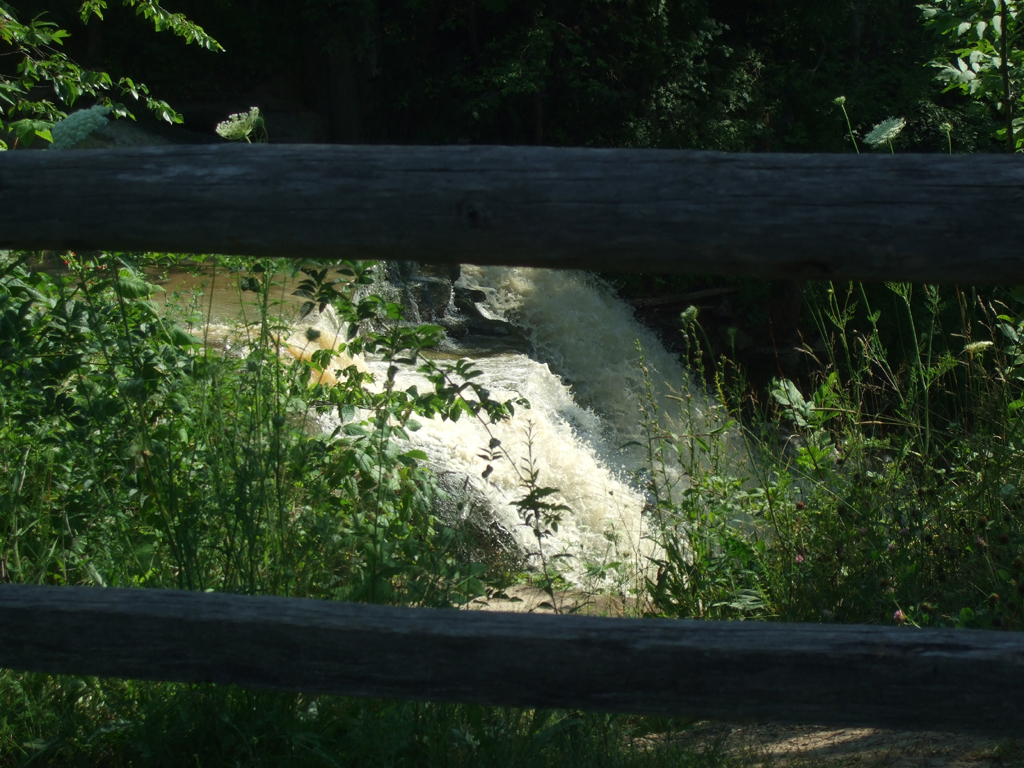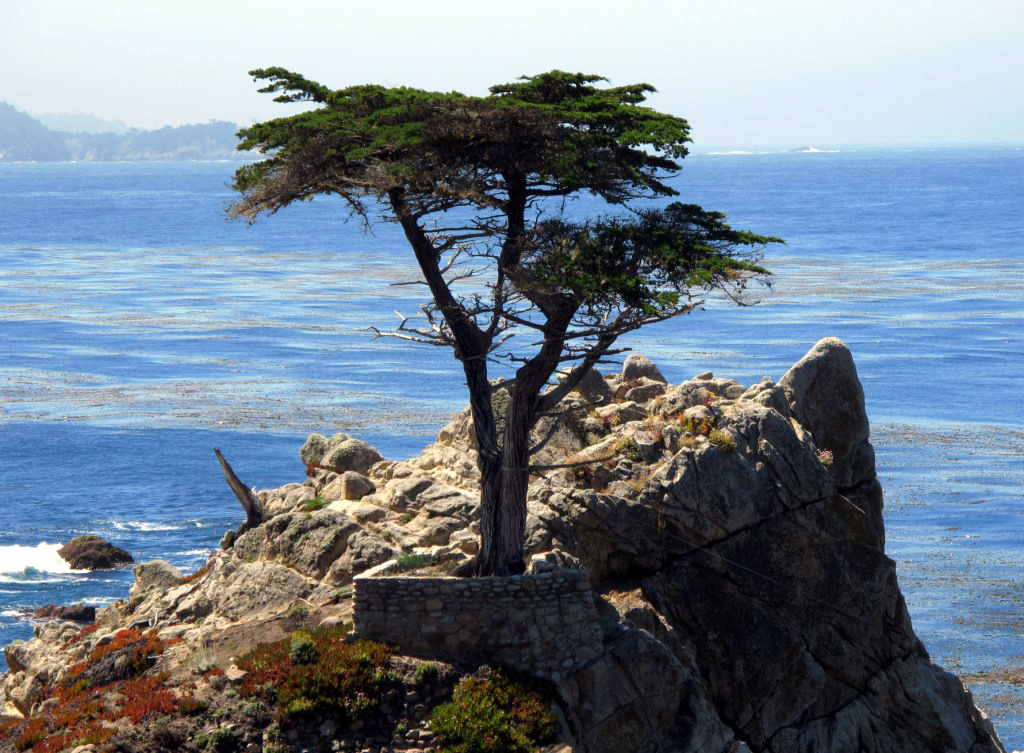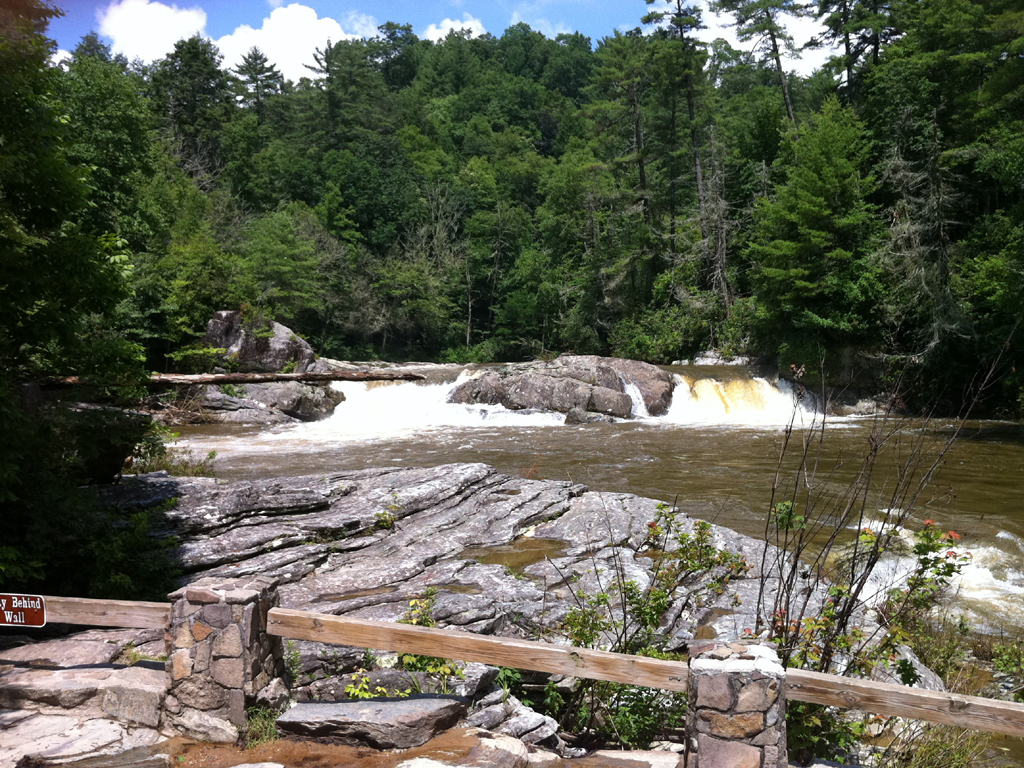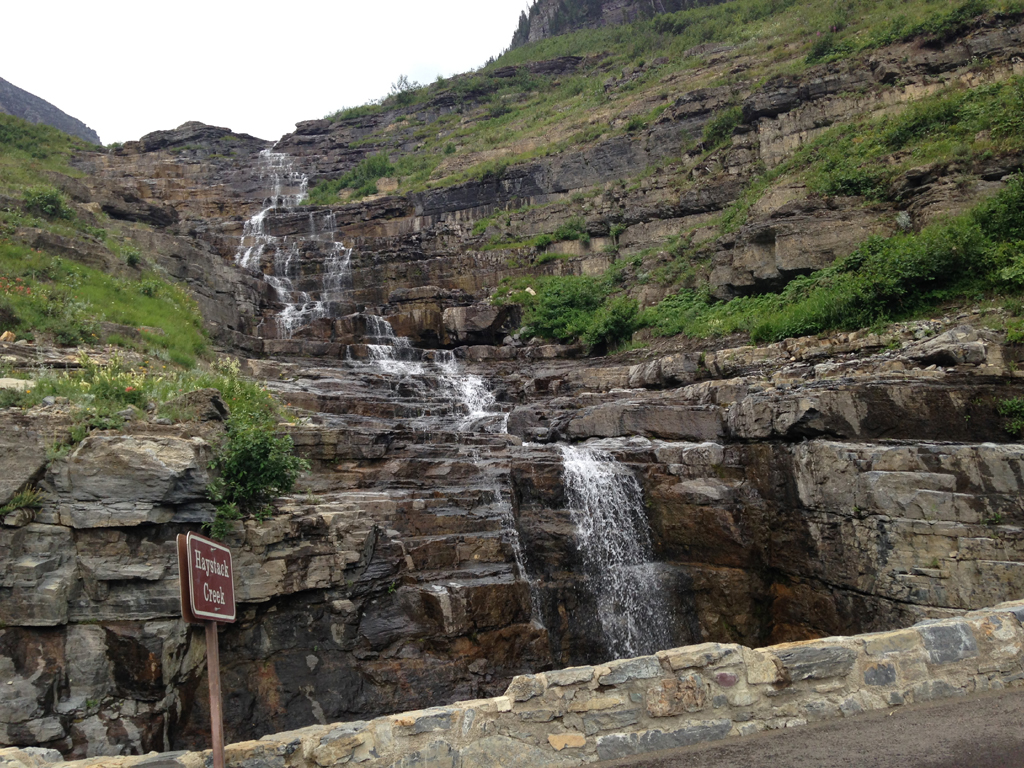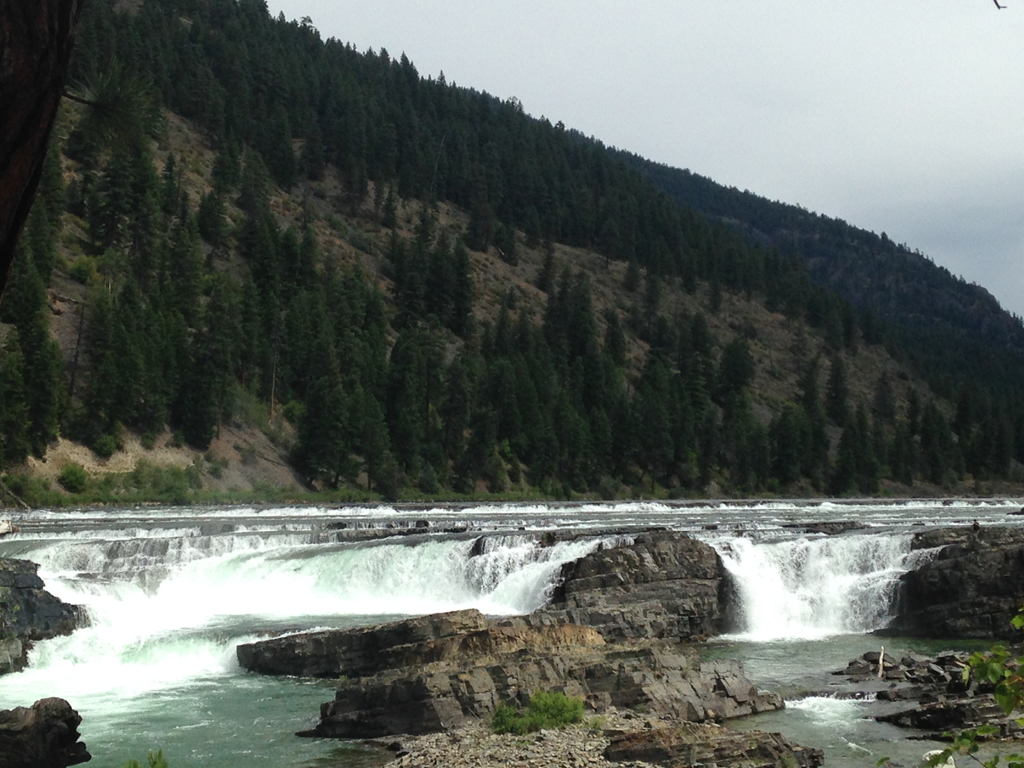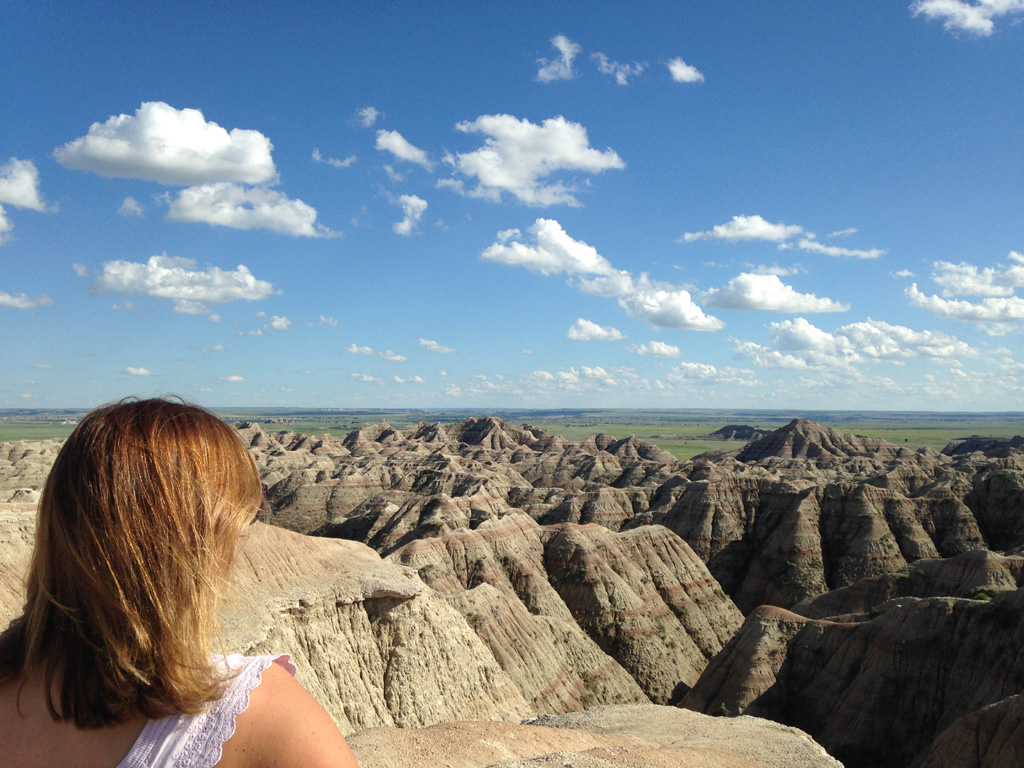
Great 8: Tremendous Trees
True travelers seek experience and celebrate exploration, so they tend to appreciate the big picture. Or, to put it another way, they don't miss the forest for the trees. But hey, don't miss the trees either. A tree can be all things to all people--a source of fuel, food, oxygen, artistry, shelter, companionship, inspiration. And sometimes a single tree can offer a certain magic of its own. Several of them are worthy destinations themselves, like these great eight:
General Sherman
Sequoia trees are generally considered the world's largest living things. Let that superlative sink in for a moment. And four of the five largest of those can be found in Giant Forest in California's Sequoia National Park. The trees are so extraordinary that a two-mile stroll feels like a hike through another planet, taking gawkers past behemoths with names like Chief Sequoyah, General Lee and the President. But the highlight of the walk stands guard at the trailhead, a bright orange giant with one massive thick limb rising at sharp angles like a flexing muscle. There are trees taller than the General Sherman Tree, which rises 274.9 feet high. There are trees with more thickness (a 102.6-foot circumference). But there are none with a more impressive combination of the two. At 52,500 feet cubic feet of wood, it is simply the World's Largest Living Thing. You'd flex, too. And it's still growing. Now that's something to root for.
Colonel Armstrong
Notice that the photo only includes the bottom of the tree. Such is a recurring challenge of capturing the immense height of coast redwoods, which can be found along the western edge of the continent in various state and national parks from southern Oregon to the Big Sur coast. Generally, the most impressive of the bunch will have names like Hyperion or Lost Monarch or the fallen Dyerville Giant--something that implies power, strength, endurance. Like Armstrong.
If you're unable to make it to Redwood National Park or Humboldt County's Avenue of the Giants, just steer your way to Sonoma County and the charming hamlet of Guerneville. A few miles north, you'll find the 805-acre Armstrong Redwood State Natural Reserve. Saunter for a mile or two along one of those mulch-lined coastal redwood footpaths where the sunlight streams through the trees, creating a mystical, magical walk amid the woods. And the walk will be punctuated by the 1,400-year-old Colonel Armstrong tree--14.6 feet in diameter at its base and 308 feet tall. Like an ancient exclamation point.
Methuselah
High up in California's White Mountains, north of Death Valley, live trees older than the pyramids. Bristlecone pines have flourished atop the arid mountains of the Great Basin for eons, having adapted to a particularly brutal environment. Some of the most isolated trees are the oldest, including a nearly 4,800-year-old survivor some 10,000 feet up, aptly-named Methusaleh. To protect it from vandals, only the park rangers know it's specific location in the Ancient Bristlecone Pine Forest, but its endurance provides a pair of lessons in longevity -- conserve energy (its trunk grows only 1/100th of an inch annually) and (given the lack of competition that helps it survive) stand tough where others won't.
Lone Cypress
The Monterey cypress is a species of cypress trees native only to California's Central Coast. The winds that buffet the Monterey Peninsula tend to shape the trees into whimsical forms--irregular and flat-topped, almost Seussian in appearance. But even among these unusual trees, one of them stands apart. Literally.
Historic 17-Mile Drive (which is actually only about nine miles long nowadays) passes through famed Pebble Beach. There are world-class golf courses, scenic ocean vistas, houses that at first glance seem to be hotel-sized... and there's the 5,000-acre Del Monte Forest. But one tree in particular, the one standing alone, seems to get most of the attention. Indeed, it's one of the most photographed trees in the world. The Lone Cypress stands defiantly on a rocky outcropping, an image of frail-looking life struggling amidst the elements. Indeed, for more than six decades it has been held in place by cables. Why the protected status? Well, back in 1919 a drawing of the tree was registered as the Pebble Beach Company's trademark. A century later, it still is, and it conveys both loneliness and loveliness.
Ghost Tree
Along 17-Mile Drive, the Lone Cypress sits perched atop its rocky pedestal like an icon of resilience. Then you come to Ghost Tree, less than a mile away, crowding the roadside, dead as driftwood. There is even a ghoulish tale associated with it--a wandering Lady in Lace who has been known to alarm motorists on dark and foggy nights. This could be because the tree itself--bleached white from the wind and sea spray, with limbs twisted into odd angles--is easy enough to personify. Look at it from the proper angle, and you do see a woman, her back arched, one arm reaching toward an unseen lost love, the other bent with her hand pressed to her forehead in the universal expression of a wailing mourner.
It's actually only one element in a macabre graveyard of sorts near Pescadero Point. Toppled gray-white cypresses lie half-buried in the soil like the discarded bones of some giant prehistoric creature. Others rise like tombstones, sawed off and stunted, knotted and crumbling. These once thriving cypress trees are bent into arches, fallen into 45-degree angles, occasionally flattened into nearly two dimensions. Their branches are curved like the boney rib of a great whale, or they zig and zag like gnarled appendages. Yet the ghostly trees seem to perfectly frame a dramatic ocean vista beyond them. So it is all hauntingly beautiful.
El Palo Alto
Park on Palo Alto Avenue in Palo Alto, California, and stroll to El Palo Alto Park. There, you'll find the landmark from which all the others are named -- El Palo Alto, the Tall Tree. Estimated to be over one thousand years old, this 125-foot-tall coast redwood was revered by Costanoan Indians and used as a bearing for the construction of El Camino Real. It appears on the city's logo and Stanford University's seal. And it was once part of a pair, its twin falling during a winter storm more than a century ago. But, despite widespread logging in the area, smoke from nearby coal-powered trains, lack of moisture, tree rot and termites, El Palo Alto still stands tall.
Moreton Bay Fig Tree
First things first: The Moreton Bay fig tree produces no figs and is nowhere near Moreton Bay. The bay is near Brisbane, Australia, from which this landmark was transplanted as a seedling in the 1870s to the corner of Chapala and Montecito streets in Santa Barbara. It adapted remarkably well and is now believed to be the largest of its kind in the U.S. But it isn't the height of the 76-foot tree that awes, but rather its nearly 172-foot canopy--so broad that it has been estimated that thousands of people could enjoy noontime shade beneath it. Historically, the homeless have enjoyed it most. The tree became a gathering point and symbol for the city's tree people. Some even tried to use it as a mailing address.
Grizzly Giant
Yosemite National Park is an embarrassment of riches--majestic natural wonders like El Capitan and Half Dome and myriad waterfalls, some of the plummeting more than one thousand feet to the valley floor. But the parks itself essentially was created to save the giant redwoods. And the Grizzly Giant in Yosemite's Mariposa Grove--more than 2,700 years old and nearly 210 feet tall--may be the most impressive of the bunch. The trunk alone contains more than 30,000 cubic feet of wood, measuring 30.4 feet in diameter at its base and still maintaining more than one-third of its thickness 125 feet above ground. The tree has the look of a survivor, too, bearing the scars of a lightning storm that wasn't quite powerful enough to slay the Grizzly Giant.
Comments
Comments on this post are moderated, so they will not appear instantly. All relevant questions and helpful notes are welcome! If you have a service inquiry or question related to your RV, please reach out to the customer care team directly using the phone numbers or contact form on this page .
